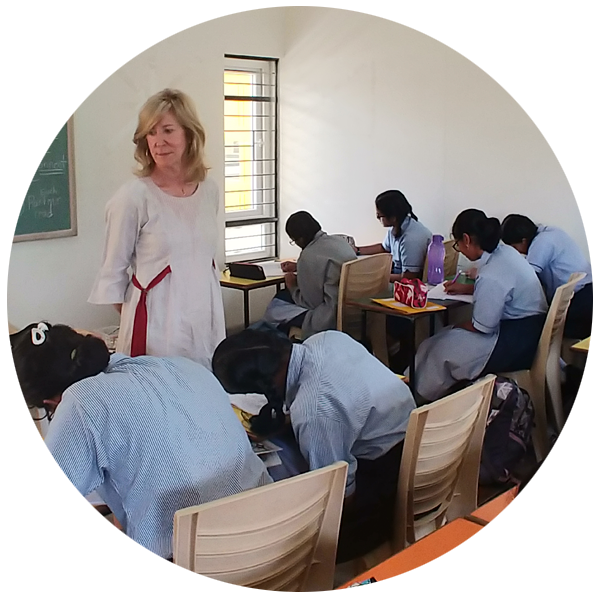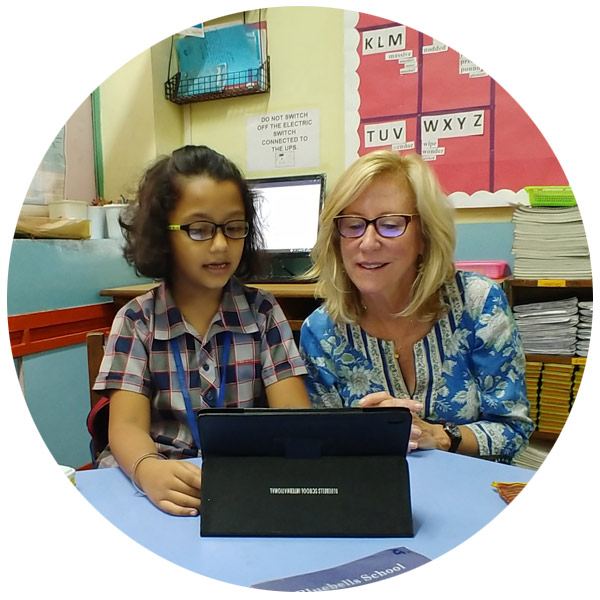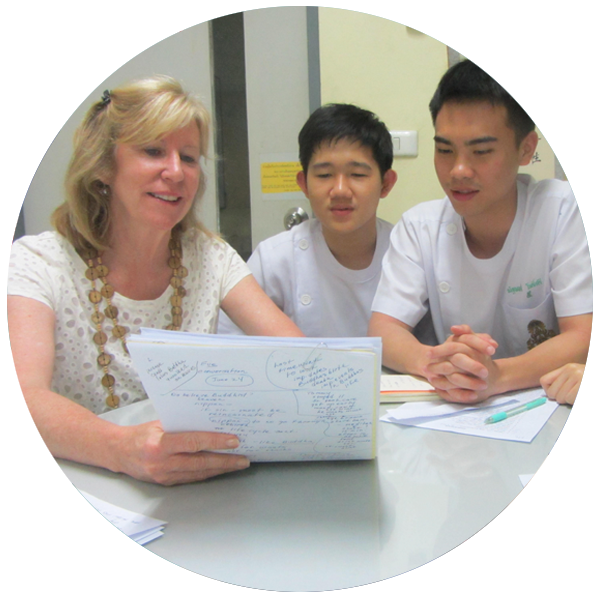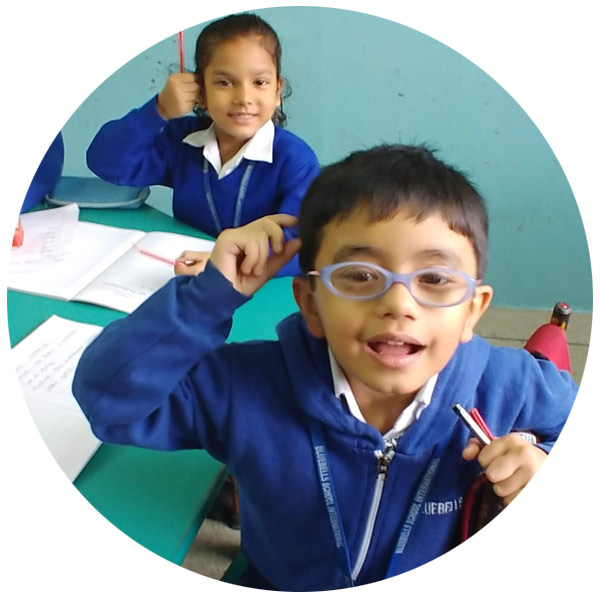
I. Internal and External Scaffolding for Deeper Comprehension and Active Reading
Internal Scaffolding
Internal scaffolding is student-generated where students learn how to have inner conversations with the text, using five essential reading strategies.
Teachers will work in groups to discuss the following questions:
- What does scaffolding the text mean?
- Why is it important to scaffold the text?
- How do you scaffold the text?
Inner Conversations: “Nothing is more important during reading than the reader’s thinking.”
- Good readers have inner conversations with the text. We will practice these inner conversations with the five key reading comprehension strategies: Visualizing, Predicting, Questioning, Connecting and Inferring.
- “I do,” “We do,” “You do” approach will be introduced as a guided lesson format.
- Interactive Read Alouds will be used to practice each strategy.
External Scaffolding
External scaffolding is teacher-generated where the teacher frames or scaffolds the text to support student learning.
We scaffold or support students before, during and after reading.
Before reading
Anticipation guides, vocabulary building, wordstorming, KWL charts are some of the before-reading activities that will be introduced.
During Reading
Teachers/students will read with a purpose.Some activities to guide the reader: Coding the text, jigsaw reading, Cornell notes, finding gists, reciprocal reading, essential questions…
After reading
We will practice a fishbowl discussion/socratic seminar related to the text. Graphic organizers, mind maps, gallery walks, and summarizing are some examples of after-reading activities.

II. Content Area Reading to Build Background Knowledge and Boost Vocabulary
“Teaching content knowledge is teaching reading.” The Knowledge Gap, by Natalie Wexler.
Students cannot internalize a text if they lack background knowledge and vocabulary. To build background knowledge students need exposure to a content-rich curriculum. This means do not delete social studies/history and science from the elementary curriculum. Students from disadvantaged backgrounds need a knowledge-building environment.
“Reading to learn” in social studies and science
Reading informational text
- Note-taking, annotating, highlighting, text coding
- Essential questions to guide the reader
- Double-entry journals
- Four Corners to encourage debates
- Frontloading
- Text structures and features ( pictures, graphs, charts, boldfaced words..)
- Conversational Cues and protocols for student voice
- Text evidence to ground claims
Vocabulary building to support reading comprehension
The following techniques will be introduced for rich vocabulary lessons:
- The Frayer Model: word study
- Interactive Word Walls: exposes students to challenging words and supports writing
- Word sorts: classifying words for critical thinking
- Marzano’s (vocabulary guru) 6 steps to teaching vocabulary
- Academic and domain-specific vocabulary

III. Literature Circles for Collaborative and Engaging Book Clubs
Why Literature Circles?
- Student led mini-book clubs
- Students are social beings and love to work with their peers.
- Students have some choice in the books they read.
- Promotes equitable learning where everyone has a voice
- Once the students are trained, thoughtful discussions emerge from these mini book clubs
- Discussions are led by students; the teacher monitors and facilitates as needed.
- Students read with a purpose
They are motivated to complete their reading so as not to disappoint the group
Collaboration is at the heart of this approach

IV. Writing Across the Curriculum
- Let’s start with a sentence: We will build from simple to complex sentences by combining and expanding sentences. We will craft sentences with powerful verbs, descriptive adjectives, and specific nouns.
- Students will practice the writing process: planning, drafting, revising and editing in their writer’s notebook.
- Gist statements, summaries, essays and note-taking are introduced in all subjects- students “write to learn.”
- Six Traits of Writing: Organization, Development, Voice, Sentence Fluency, Word Choice and Conventions. The six traits were designed to guide teachers in teaching best practices in writing. Writing rubrics are aligned to assess student work.
- The Painted Paragraph/Essay
Students will color code their essays with a highlighter to support visual learners- Example:
- topic sentence pink
- supporting details green
conclusion yellow
- Example:

V. Phonics: The foundational skill for early readers
Explicit and systematic instruction of phonics based on the science of reading including the following:
- Phonemic awareness
- Phonics
- Fluency
- Word recognition
